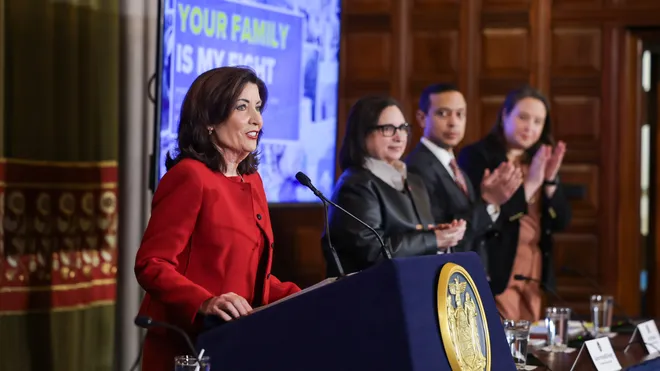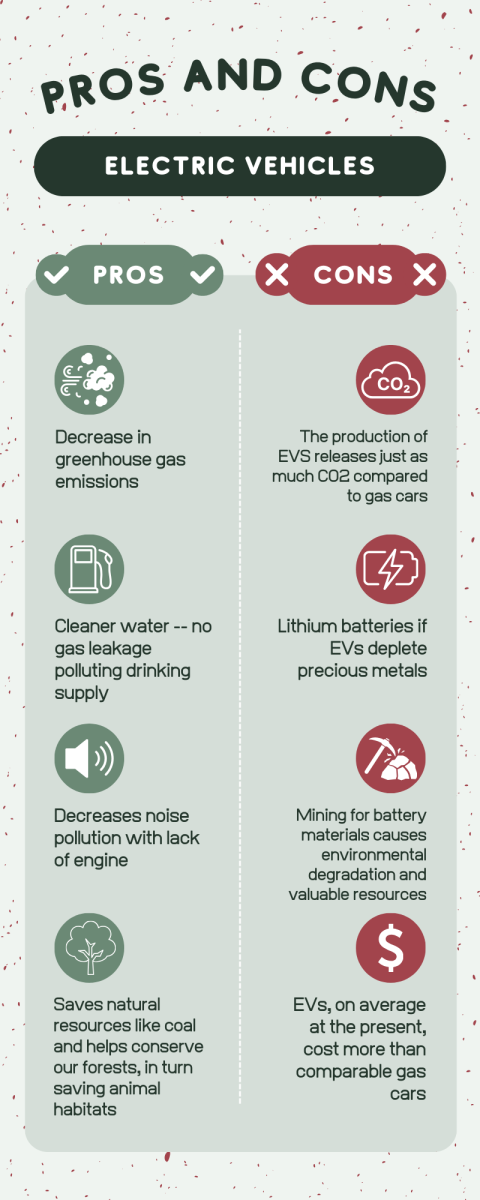A first lady is defined by Oxford dictionary as “the wife or female partner of the president or other leader of a nation or state.” While a literal definition, it fails to address the scope of what First Ladies throughout the country’s history have contributed to the socio-political scene. Every First Lady, regardless of their outright political involvement or even the legacies of their husbands, have left their mark.
Often, the term “politically-active” is slapped onto the front of the title. Recently, it has graced headlines following the death of former First Lady Rosalynn Carter, a true confidant and active advisor of her husband Jimmy Carter’s presidency in the seventies.
Rosalynn – pronounced “Rose-uh-lynn” for those who care (she, in fact, did care very much) – has aptly received posthumous praise for her political prowess throughout the entirety of her long-lived life. Regarded by her husband as “an almost equal extension of [himself],” Mrs. Carter pushed for federal recognition of the First Lady as a legitimate political position, directing funding and attention to her and future First Ladies’ causes. An anodyne figure, Rosalynn Carter’s legacy remains intact and impressive, a true testament to what a First Lady can accomplish.
Mrs. Carter did her due diligence to cement the stature of the First Lady. However, that’s not to say those before her or those not typically described as “politically active,” were less impactful. Instead, some filled a role that more often resembled that of today’s hottest Hollywood celebrity than the wife of the nation’s highest ranking officer — and were just as influential.
The First Ladies of our country’s infancy served to provide a model of a quintessential woman. This was something thousands of mothers across the country, in their limited position, attempted to adopt as a valuable source of inspiration. After all, it was these women who were touting important values, education, and ideals of patriotism to the male population that would go on to lead the country.
There was Abigail Adams, who took a more political approach. She famously begged her husband, John Adams, to “remember the ladies” when drafting the Declaration, and was often giving him her political input. And yes, while Adams still did in fact forget the ladies, the statement in itself was an accomplishment.
As the twentieth century approached, transportation and communication nationwide dramatically developed. First Ladies, Caroline Harrison and Frances Cleveland, quickly adapted to this connectivity.
Cleveland’s image was desired for ads and magazines, while Harrison’s clothing scraps provided inspiration for fashion designs and trends. These First Ladies leaned into their feminine characteristics to pave the way for their further political involvement. Harrison, specifically, is noteworthy for her contributions to John Hopkins University, one of the most prestigious medical institutions in the country today.
Then, of course, there are the frontrunners of the First Lady caliber. Those like Eleanor Roosevelt, who many consider to be the earliest example of a “politically active” First Lady, even predates Mrs. Carter.
Mrs. Roosevelt embodied female empowerment during her husband’s presidency, unafraid to critique even her own husband’s policies. Her column, “My Day,” was written until her death, and served to communicate her opinions to readers across the country. Roosevelt’s contributions didn’t end with her stay at the White House either: she was elected chairman of the U.N. Human Rights Commission in 1946. Her most significant contribution while in the committee involved leading the draft of the Universal Declaration of Human Rights.
Additionally, there are First Ladies who are considered to be more reserved and laissez-faire. Take Mamie Eisenhower or Bess Truman, who were both against following in Eleanor Roosevelt’s politics-heavy footsteps. Instead, they were cautiously nonpartisan, to the point where Mamie Eisenhower wouldn’t even urge voters in her husband’s favor. Still, she set an example for citizens to vote, a respectable vocation in itself, and doesn’t deserve the inactive status she is often credited with.
Recently, there has been more of what is often thought of with the “politically active” title, those like Hilary Clinton and Michelle Obama. Their achievements in health care reform and work with childhood education, respectively, easily bestow them with the “politically active” title. Both successful, accomplished, and educated women, they’ve only reinforced the importance of the position.
Whether involved in direct political action, passively nonpartisan, or an enumerated headpiece of American society, the accomplishments of our past First Ladies are too often pushed aside, always second to that of their husbands. Yet we’ve had First Ladies fluent in sign language (Grace Cooldige) and geologists (Lou Hoover) and doctors (Jill Biden) across all time periods – they all deserve the recognition. Let’s not be the ones to stick in a binary of active or inactive just to regard some as better than others.
Just as Jackie Kennedy once succinctly noted:
“I am a woman above all else.”
And she’s right, a woman they should be remembered as. There’s no need for the antecedent “politically active.” I, along with many others, think they’ve proven themselves quite enough. Until there’s a “First Gentleman” to be spoken of, the label First Lady serves its purpose perfectly: a term to describe the many women who, in their own ways, advanced the development of the United States.









